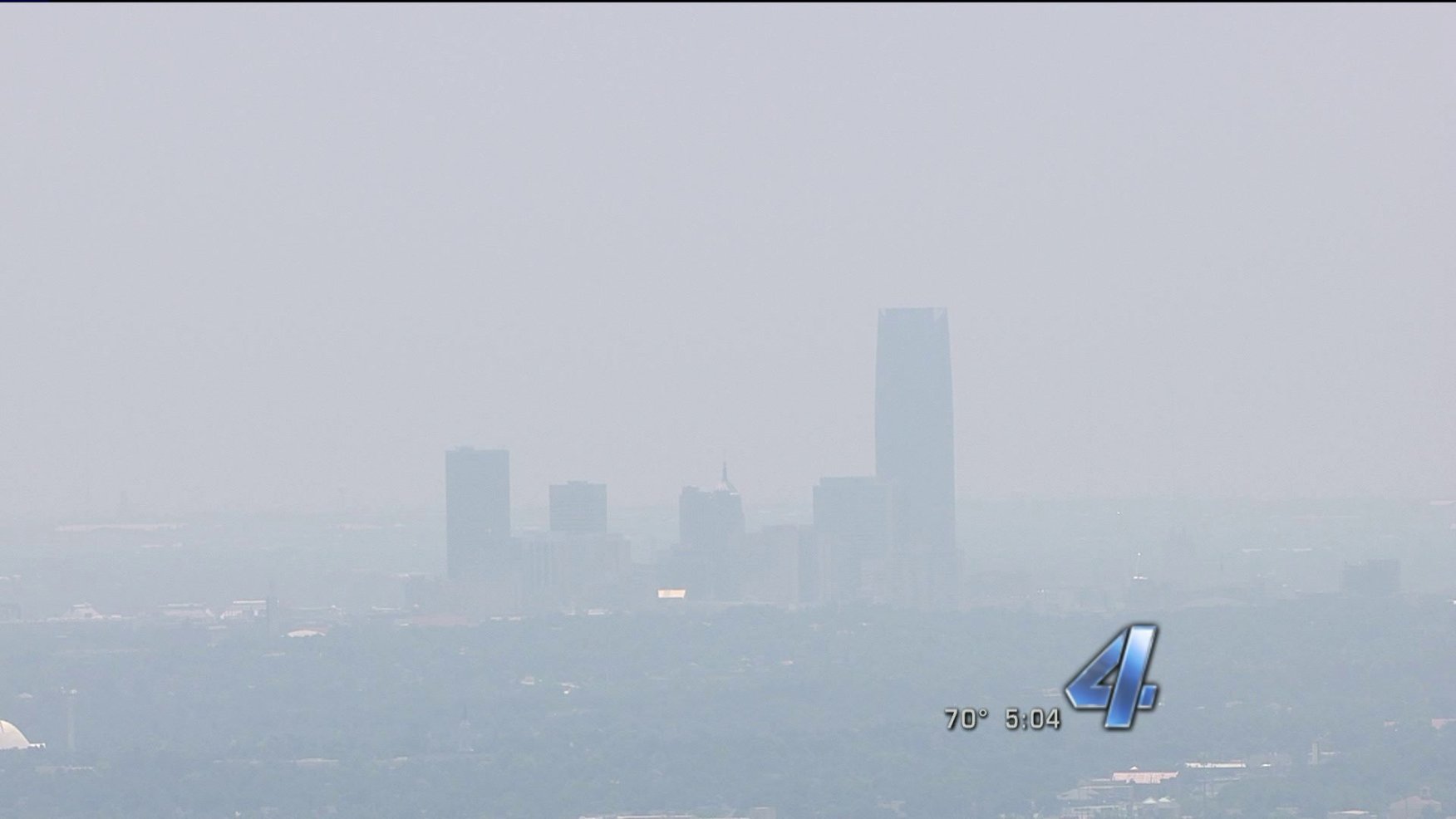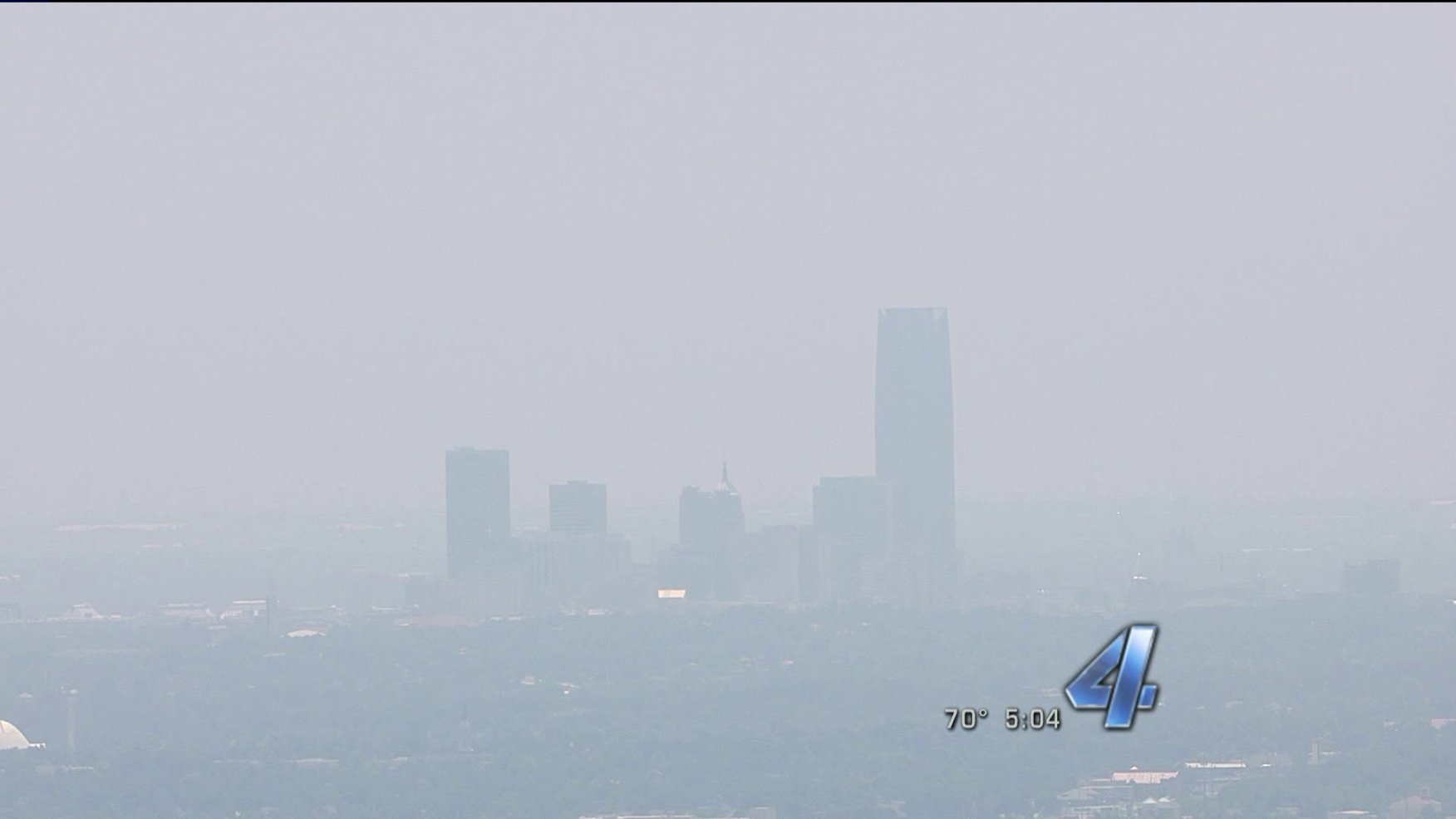Summary
This collection is a series of five lessons about health disparities that exist among communities. In Lesson 1, students will learn about what occurs in the respiratory system before, during, and after an asthma attack. In Lesson 2, students will analyze Oklahoma City's air quality and pollutant levels and then develop a public service announcement. In Lesson 3, students will use satellite images to view the differences between rural and urban areas and determine the health issues associated with those areas. Students will also begin their community project proposals. In Lesson 4, students will view Oklahoma's life expectancy map and examine the effects of environmental threats on air quality and society. Students will then compare the Oklahoma City community with that of Washington, D.C. In Lesson 5, students will analyze Marvin Gaye's song, "Mercy, Mercy Me," discuss the history of environmental racism in America, and complete and present their project proposals.Resources

In this introductory lesson to the Connecting Social Issues and Human Health Inequities unit, students will explore asthma through a variety of station activities, videos, readings, and charts. In doing so, students will better understand what occurs in the respiratory system before, during, and after... Read more »
Connecting Social Issues and Human Health Inequities, Lesson 1
Understanding Asthma
- 9th - 12th
- Science
- Biology, Environmental Science
- HS-LS1-2, HS-LS1-3, B.LS1.2, B.LS1.2.1, B.LS1.3 , B.LS1.3.1

Connecting Social Issues and Human Health Inequities, Lesson 2
Environmental Factors
- 9th - Undergraduate
During this second lesson in the Connecting Social Issues and Health Inequities unit, students will analyze Oklahoma City's air quality and pollutant levels from 2020 and summarize important information about air pollutants in a public service announcement. Read more »
Connecting Social Issues and Human Health Inequities, Lesson 2
Environmental Factors
- 9th - Undergraduate
- Science
- Biology, Environmental Science
- HS-LS2-7, HS-LS4-6

During this third lesson in the Connecting Social Issues and Health Inequities unit, students will analyze satellite images of two locations, calculate the percentage of squares that are mostly forested and those that are mostly urbanized (using aerial images of two different zip codes with drastically... Read more »
Connecting Social Issues and Human Health Inequities, Lesson 3
The Role of Green Spaces
- 9th - 12th
- Science
- Biology, Environmental Science
- HS-LS1-3, HS-LS2-2, HS-LS2-5, HS-LS2-6, HS-LS2-7, HS-LS4-6, B.LS1.3 , B.LS1.3.1, B.LS2.2 , B.LS2.2.1, B.LS2.2.2, B.LS2.2.3, B.LS2.2.4, B.LS2.2.5, B.LS2.5 , B.LS2.5.1, B.LS2.5.2, B.LS2.6 , B.LS2.6.1, B.LS2.6.2, B.LS2.6.3

During this fourth lesson in the Connecting Social Issues and Health Inequities unit, students will view Oklahoma's life expectancy map, identify environmental threats that contribute to these life expectancies, and discuss what these threats mean with regard to air quality and society. Students then... Read more »
Connecting Social Issues and Human Health Inequities, Lesson 4
Comparing Communities
- 9th - 12th
- Science
- Biology, Environmental Science
- HS-LS1-3, HS-LS2-2, HS-LS2-6, HS-LS2-7, HS-LS4-6, B.LS1.3 , B.LS1.3.1, B.LS2.2 , B.LS2.2.1, B.LS2.2.2, B.LS2.2.3, B.LS2.2.4, B.LS2.2.5, B.LS2.5 , B.LS2.5.1, B.LS2.5.2, B.LS2.6 , B.LS2.6.1, B.LS2.6.2, B.LS2.6.3

Connecting Social Issues and Human Health Inequities, Lesson 5
Environmental Racism in America
- 9th - 12th
During this fifth and final lesson in the Connecting Social Issues and Health Inequalities unit, students will analyze Marvin Gaye's song, "Mercy, Mercy Me," discuss the history of environmental racism in America, and complete and present their project proposals. Read more »
Connecting Social Issues and Human Health Inequities, Lesson 5
Environmental Racism in America
- 9th - 12th
- Science
- Biology, Environmental Science
- HS-LS2-2, HS-LS2-6, HS-LS2-7, HS-LS4-6, B.LS2.2 , B.LS2.2.1, B.LS2.2.2, B.LS2.2.3, B.LS2.2.4, B.LS2.2.5, B.LS2.6 , B.LS2.6.1, B.LS2.6.2, B.LS2.6.3
Standards
This work is licensed under a Creative Commons CC BY-SA 4.0 License.
Report copyright infringement »

